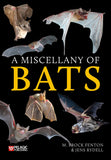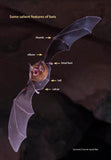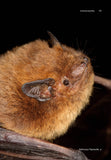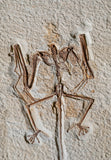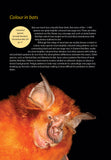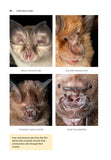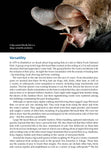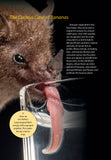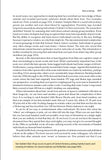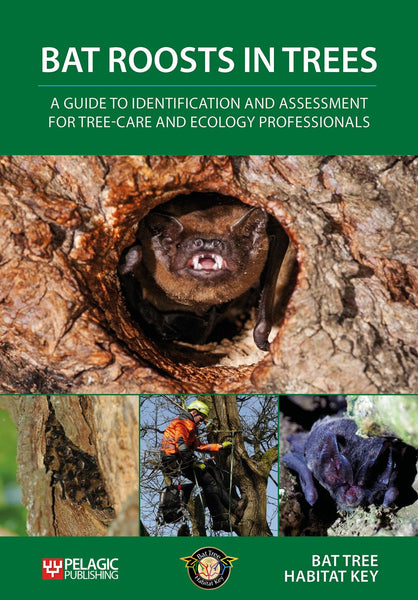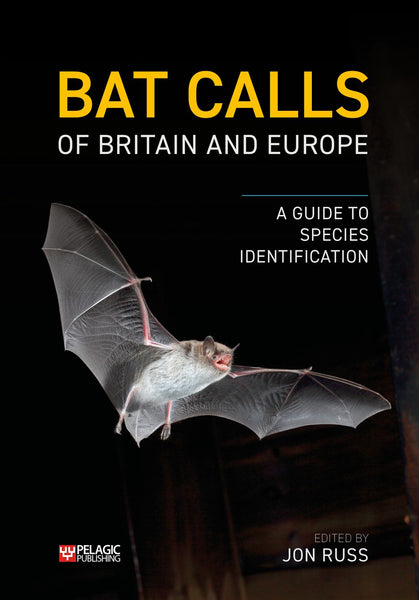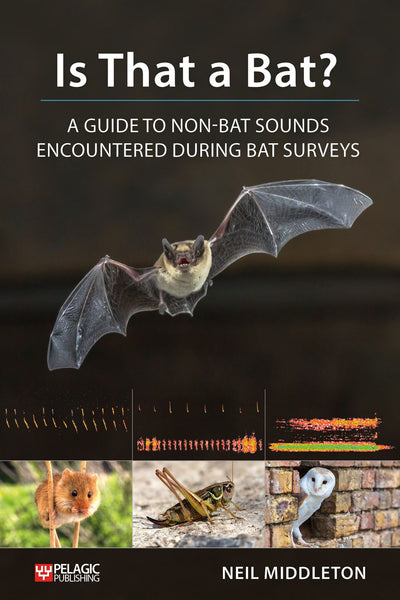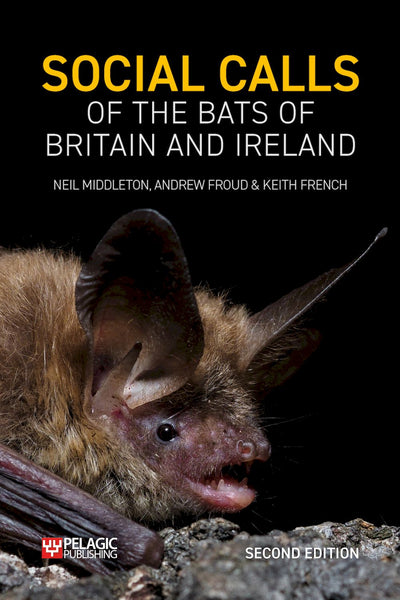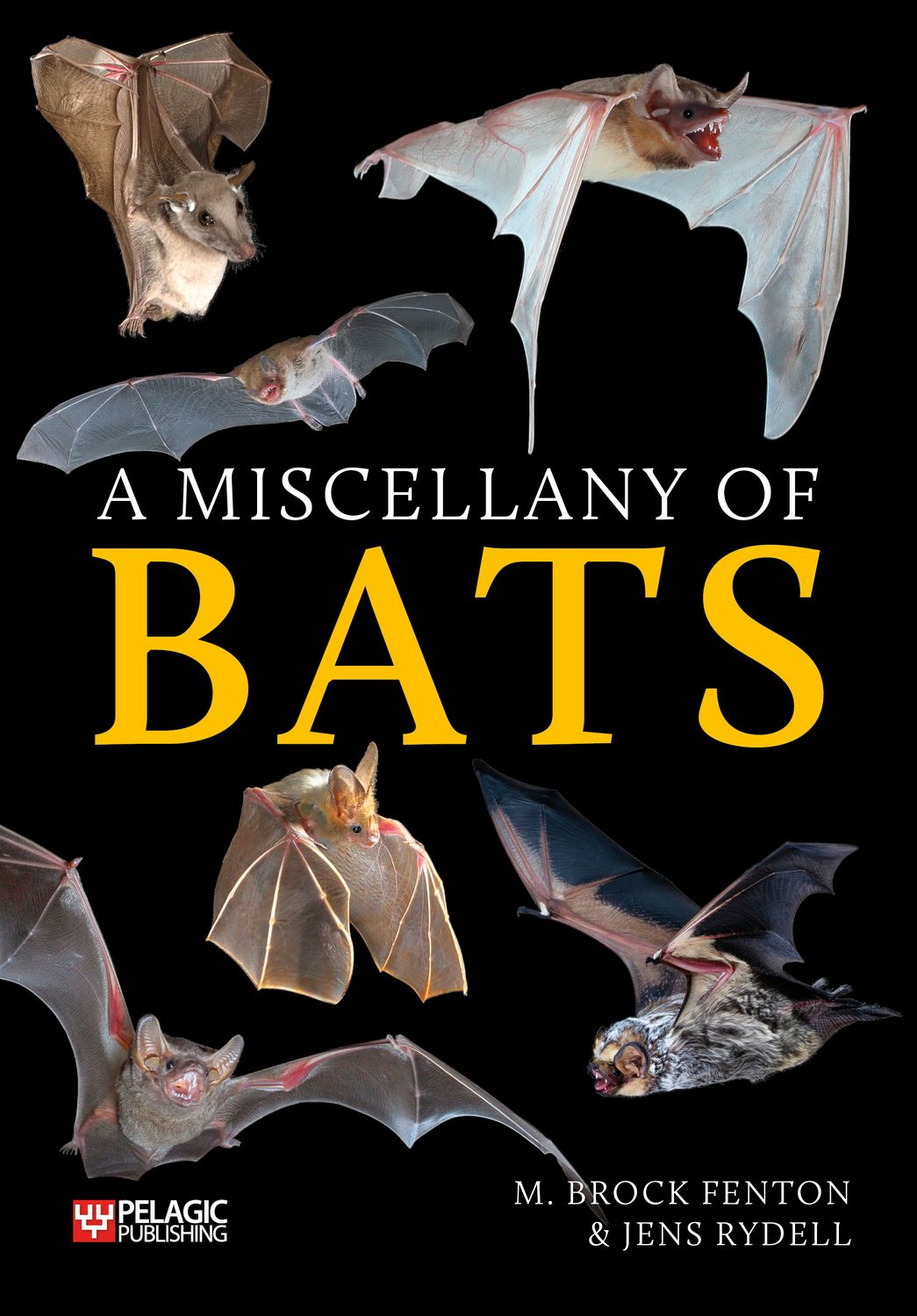
A Miscellany of Bats
- Packed with stunning photography and new discoveries.
- Covering all aspects of bat biodiversity, ecology and natural history.
- An entertaining and personal vision of bats’ central place in the universe from two legends in the field.
- Two of the world’s leading bat scientists, photographers and communicators illustrate the wonder of bats with clarity and beauty, drawing on a wealth of personal experiences over many decades and on recent research from across the world.
—Prof. Gareth Jones, Department of Biological Sciences, University of Bristol
- bats
- chiroptera
- new
Description
Bats have long been the focus of fascination, and sometimes fear: they move faultlessly through the darkness and spend the day hanging upside down in gloomy caverns and cracks – most at home where humans are least comfortable. Bats also represent a hugely important, numerous and varied group, accounting for 20% of all mammal species worldwide. Covering their biodiversity, ecology and natural history, A Miscellany of Bats offers a hoard of insights into the lives of these creatures.
For over a quarter of a century Brock Fenton and the late Jens Rydell collaborated on projects involving bats. Here they bring together a collection of stories and anecdotes about bat research, brought to life by stunning photographs of these animals in action. Key topics include flight and echolocation, diet and roosting habits, and the complex social lives of bats. Jens and Brock also address issues of conservation and the interactions between bats and people, ranging from matters of disease to bats’ role as symbols, and our fixation with vampire bats. They explore how echolocation and flight shape batkind, from their appearance to where they go and why. Overall, this book is an entertaining and personal vision of bats’ central place in the universe. More than 150 species are covered.
DOI: 10.53061/LLFU5654
Table of Contents
Preface
Acknowledgements
1. Introducing bats
Wings and size
Blind as a bat
Catching and identifying bats
Marking and tagging
Brock’s initiation
Jens’ start
Box: What on Earth?
2. Bat wings and flight
Wing anatomy
White wings
How fast do bats fly?
Drinking
Flying antics
Box: Colour in bats
3. Seeing with sound
The perils of generalization
Basic echolocation
Why echolocate?
Echolocation and the faces of bats
Box: Beam control and bite power
4. Echolocation: a window onto bat behaviour
Biologists as eavesdroppers on bats
Insect prey
Bat communication
Air traffic control
Box: Echolocation and foraging
5. What bats eat, part 1
Learning how much a bat consumes
Some bats eat birds
Versatility
What insects do bats eat?
Specialized hunting
Trawling
Box: Diets of bats
6. What bats eat, part 2
Fruit-eating species
Bats and flowers
Box: The curious case of bananas
7. Vampire bats
8. Where bats occur and where they roost
Temperature
Bat roosts
Box: Patterning in bats
Lingering challenges
Bats up north
Box: Bat boxes
9. Social lives of bats
Reproduction
What is a colony of bats?
Food availability and social patterns
Box: Observational learning
10. How bats use space
Box: Bats get around
11. Threats to bats
Predators
Mishaps
Parasites
Wind turbines
Light pollution
A world without bats?
Global change
Box: Keeping bats away
12. Bats and people
Attitudes towards bats
Bats and disease
Bats as symbols
13. Bats as beings
A last word to the bats
Cast of bats
Notes
Index
Reviews
- Two of the world’s leading bat scientists, photographers and communicators illustrate the wonder of bats with clarity and beauty, drawing on a wealth of personal experiences over many decades and on recent research from across the world.
—Prof. Gareth Jones, Department of Biological Sciences, University of Bristol - Fenton and Rydell, the 'power couple' of bat photography and ecology have created an up-to-date review of bat behavior and physiology with superb imagery.
—Prof. Yossi Yovel, Department of Zoology, Tel Aviv University - Filled with fascinating and interesting facts about the world of bats, as the authors discuss many aspects of bat-related research, based on their own experiences acquired over many years, as well as research carried out by others around the planet.
—Neil Middleton, author of Social Calls of the Bats of Britain and Ireland, The Effective Ecologist, and Is That A Bat? - A delightful read. The casual, first-person narrative invites the reader to experience learning about bats in a way that reflects the joy and enthusiasm of the venerable authors. The book is a testament to the fascinating lives of bats and to life-long friendships among bat biologist colleagues.
—Dr. Winifred F. Frick, Bat Conservation International - This book is a visual and intellectual treat that will delight anyone interested in bats. Lavishly illustrated with amazing photographs, it shows us not only what scientists now know about bats, but also tells the story of bat research and the people who do it. This book brings the hard work and the thrill of scientific discovery — and the bats themselves — alive in a uniquely accessible and engaging way.
—Dr Nancy Simmons, Curator-in-charge, Department of Mammalogy, American Museum of Natural History - A visual spectacle with amazing photos on every page. Jens and Brock use photographs to tell the stories of bats in a fascinating and captivating manner. A fun read for the specialist and non-specialist alike. The material is accessible for all audiences and even the experienced bat biologist will find some new nuggets of information. And everyone will appreciate the visual storytelling style. The book is filled with the wonderful photographic catalogue that Jens and Brock have spent their careers gathering. The photos in this book are a wonderful way to see bats in a way that few people will get to experience in person.
—Liam McGuire, Associate Professor, Department of Biology, University of Waterloo - This captivating book is chock full of stunning photos and fascinating facts about bats around the world. It contains information about bat specializations, natural behaviors and impacts on human society, all of which will be of great interest to a broad readership, from students and educators to conservationists and scientists.
—Prof. Cindy Moss, Director of the Bat Lab, Johns Hopkins University - A Miscellany of Bats is a well-written and interesting—and often absorbing—book, in which the authors convey their enthusiasm for studying this unique group of animals...Difficult concepts are simplified and the very readable text is largely accessible to general readers who might be interested in bats but have no particular background in either biology or natural history.
—Danny A. Brass, NSS News - Fascinating and wonderful...I can't find any fault with this book. And would recommend it to anyone, with just about any level of existing knowledge of bats.
—Al Milano, Bat Detecting blog - As a bat researcher, I advise everyone with or without a scientific interest in bats to read this precious book carefully. The book's 244 pages will undoubtedly lead you to a long time relationship with bats!
—Ludmilla Aguiar, Brazilian Society of Bats - ...a thoroughly readable book of batty facts, and batty mysteries.
—Tony Atkinson, Mammal News - If you have an interest in bats (and what naturalist does not?), this book is a good read and a very accessible way into bat research... The book is written by renowned experts and with world class photography and is a valuable addition to a natural history book collection.
—David Skydmore, British Naturalist - It is not just that A Miscellany of Bats provides facts and figures, it is that there is so much more to know about bats than most of us realize, and both Brock Fenton and the late Jens Rydell convey that knowledge to the lay audience, the text filtering the multifaceted and often highly technical aspects of bat study through the lens of accessibility to the non-scientist.
—Animal Alliance of Canada - Three things set A Miscellany of Bats apart. For one, the authors are outstanding photographers. The images in this book are second to none. Second, there is a lovely exploration of the roles bats play in human cultures, and much of what is covered here is not in those other volumes.
—Daniel Riskin, University of Toronto, Quarterly Review of Biology - With its blend of compelling facts, breathtaking imagery, and an enthusiastic, yet informative tone, A Miscellany of Bats is an essential read for bat enthusiasts, researchers, conservationists, and anyone with an interest in the natural world. Whether you are well-versed in bat biology or simply curious to learn more, this book will leave you with a newfound appreciation for these extraordinary creatures. Highly recommended!
—Wieslaw Bogdanowicz, Acta Chiropterologica
About the Author
Brock Fenton is Emeritus Professor of Biology at the University of Western Ontario. He is Deputy Executive Editor-in-Chief of Canadian Science Publishing. Over his long career he has published widely on bats, from detailed research papers to books intended for the general reader.
Jens Rydell was a Swedish scientist and noted bat photographer, writing more than a hundred scientific papers on bats and insects. Renowned as a great teacher and conservation advocate, he was awarded the Royal Swedish Academy of Sciences conservation prize in 2017.
Bibliographic Information
 256 pages
256 pages - 280 colour photographs, 6 spectrograms
- 2 tables
- BISAC SCI070030, SCI020000, NAT019000, NAT011000
- BIC PSVW7, WNCF, PSAF, RNKH






